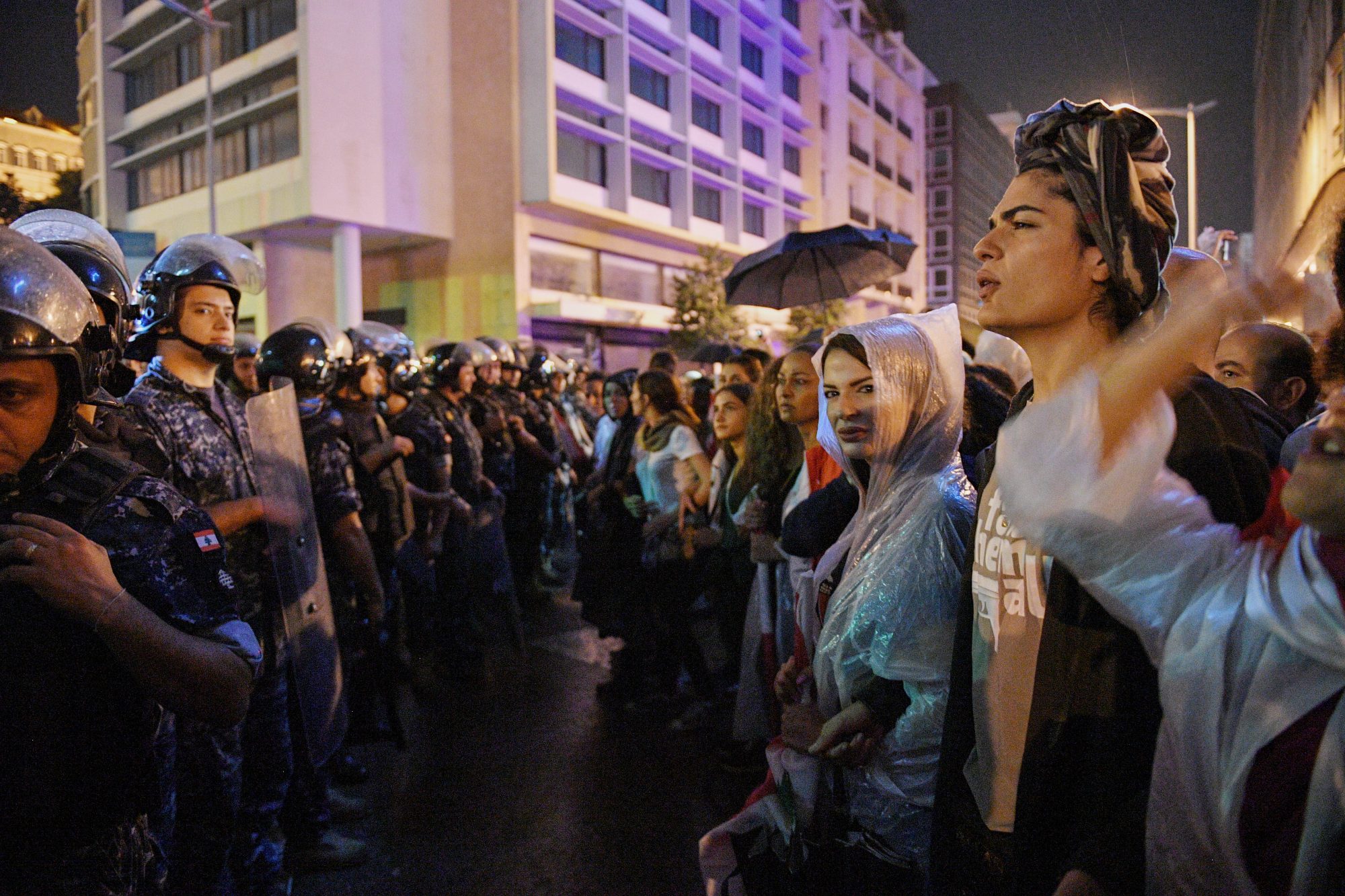Reimagining an alternative Lebanon
written by Bassel F. Salloukh
Bassel F. Salloukh
Bassel F. Salloukh is associate professor of Political Science at the Lebanese American University, and a research fellow at the Lebanese Centre for Policy Studies (LCPS).

